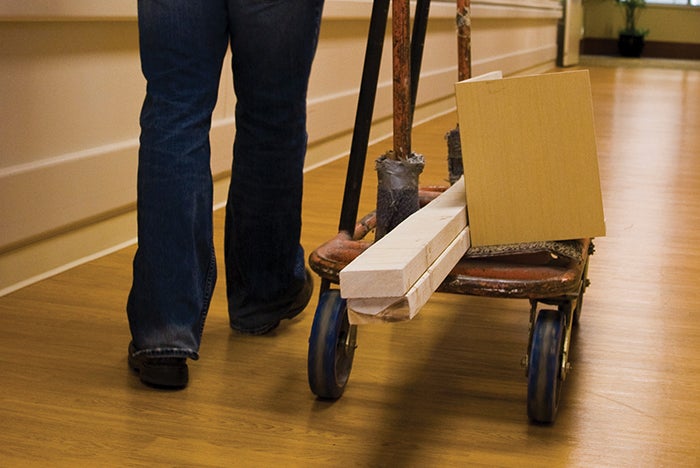How dangerous mold develops
A common concern in hospitals is the development of mold, which can often grow unnoticed but can pose a health threat to patients. While healthy people are constantly exposed to various types of mold and fungus in their daily environments with little impact, mold can pose a significant threat to patients whose medical conditions or treatments may have compromised their immune systems.
The conditions needed for mold development are:
- A host surface, such as carpet, drywall or ceiling tiles.
- Nutrients from organic materials, such as dust and paper.
- Darkness, such as above ceiling spaces or within walls.
- Proper temperature range, typically, 40 to 100 degrees F.
- Moisture through flooding, condensation, and plumbing or roof leaks.
Hospitals have a large number of spaces that meet the criteria for mold development. The addition of moisture provides the final ingredient needed for mold to develop and grow. That is why facility professionals have to constantly be on the lookout for signs of moisture on ceilings, walls and floors.
A stained ceiling tile may seem like a minor problem that only impacts the visual quality of the space. However, the stain typically is the result of moisture that could be from a roof leak, a plumbing leak or from condensation.
The other conditions required for mold development already exist in ceiling spaces. With the addition of moisture, there is an excellent chance that a stained ceiling tile may have already developed mold.
Thus, care should be taken when replacing any stained tile. First, it is suggested that an adjacent clean tile be removed so the stained tile can be visually inspected from above without disturbing the stained tile. If mold is seen or suspected, facility professionals should follow the organization’s procedures for mold remediation.
The damaged tile must be carefully removed to prevent releasing mold spores, to protect patients, staff and visitors from unnecessary exposure to mold.





